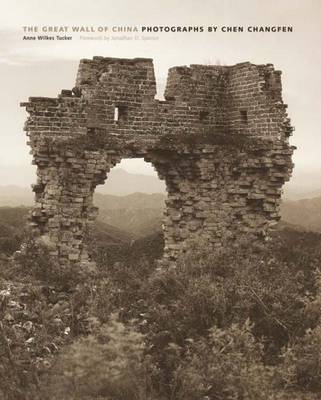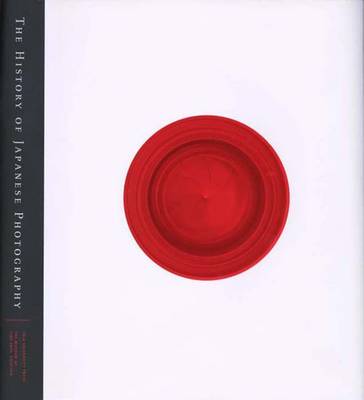Museum of Fine Arts, Houston
2 total works
Chen Changfen (b. 1941) began to photograph the Great Wall twenty years before the Chinese government officially adopted it as the national symbol in 1984. This fascinating book presents a small fraction of his decades-long study of the monumental form and conveys the fertile range of themes and ideas that Chen has investigated, each informed by traditional Chinese art, history, and philosophy. Combining a unique blend of traditional and contemporary technical processes, Chen's richly evocative photographs at once celebrate the remarkable series of building campaigns that produced the Wall and memorialize the thousands of conscripted labourers whose lives were sacrificed to its construction. One of the most striking features of Chen's photographs is their unexpected variety of perspectives and moods, capturing the vicissitudes of weather, time, and human history that have acted upon it. By excluding the people, highways, factories, and modern buildings that encroach on and daily destroy sections of the Wall, however, Chen eliminates major aspects of the Wall's present reality from his pictures.
In a thoughtful essay and interview with the artist, Anne Wilkes Tucker probes the meanings of such omissions and guides the reader through Chen's extraordinary images. "The Great Wall of China" is essential reading for photographers, historians, and travellers.
In a thoughtful essay and interview with the artist, Anne Wilkes Tucker probes the meanings of such omissions and guides the reader through Chen's extraordinary images. "The Great Wall of China" is essential reading for photographers, historians, and travellers.
The History of Japanese Photography
by Anne Wilkes Tucker, etc., Dana Friis-Hansen, and Et Al
Published 8 February 2003
Over the past 150 years, Japanese photographers have created an impressive body of work that ranges from dignified imperial photographs to sweeping urban panoramas, from early ethereal landscapes to modern urban mysteries. Despite the richness, significance and variety of this work, however, it has largely been neglected in Western histories of photography. This is a comprehensive account of Japanese photography from its inception in the mid-19th century to the early 21st century, designed to reveal to English-speaking audiences the importance and beauty of this art form. Written by a team of Japanese and Western scholars, the volume establishes that photography began to play a vital role in Japanese culture soon after its introduction to Japan in the 1850s. Illustrated essays discuss the medium's evolution and aesthetic shifts in relation to the nation's historical and cultural developments; the interaction of Japanese photographers with Western photographers; the link between photography and other Japanese art forms; and photography as a record and catalyst of change.
Illustrated with duotone and colour images, the work emphasizes not only the unique features of Japanese photography but also the ways it has influenced and been influenced by the country's culture and society.
Illustrated with duotone and colour images, the work emphasizes not only the unique features of Japanese photography but also the ways it has influenced and been influenced by the country's culture and society.

